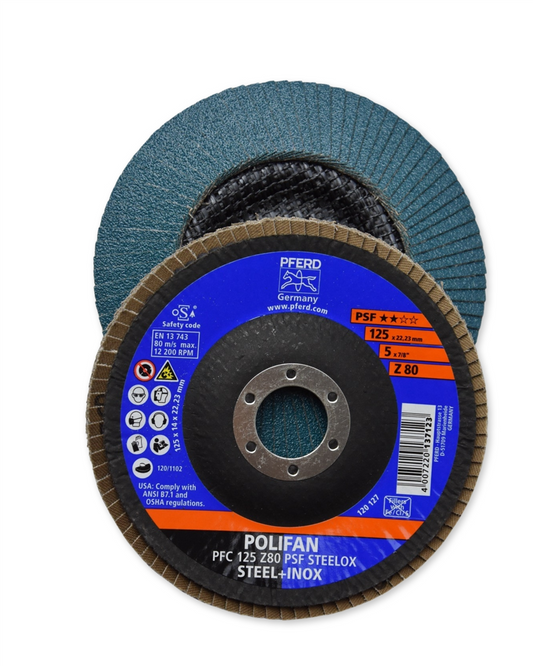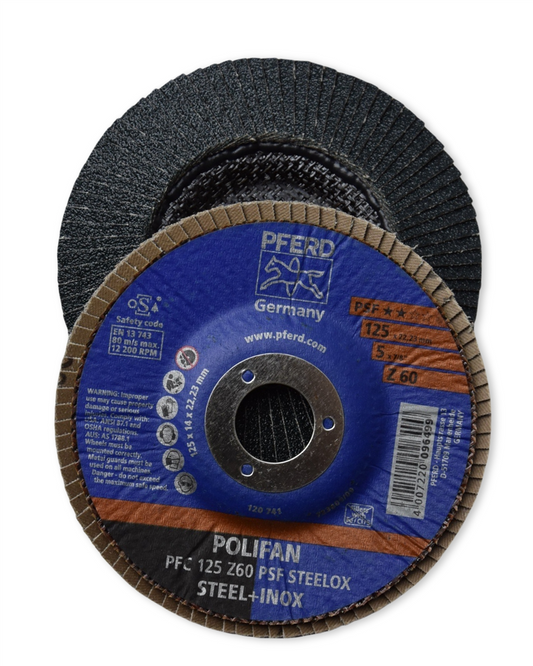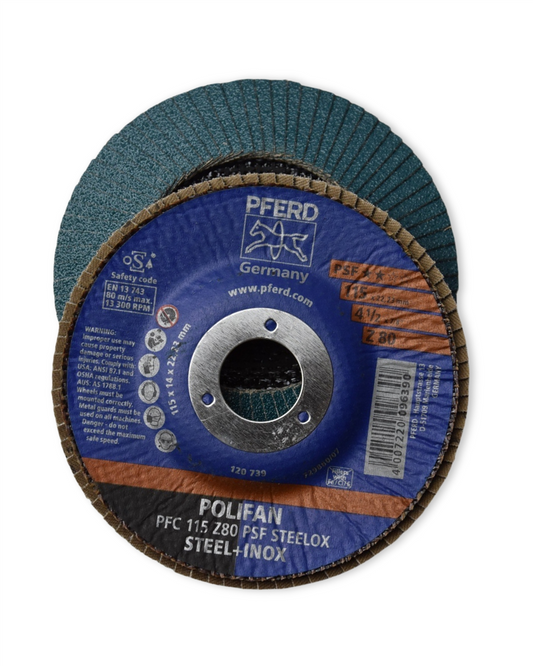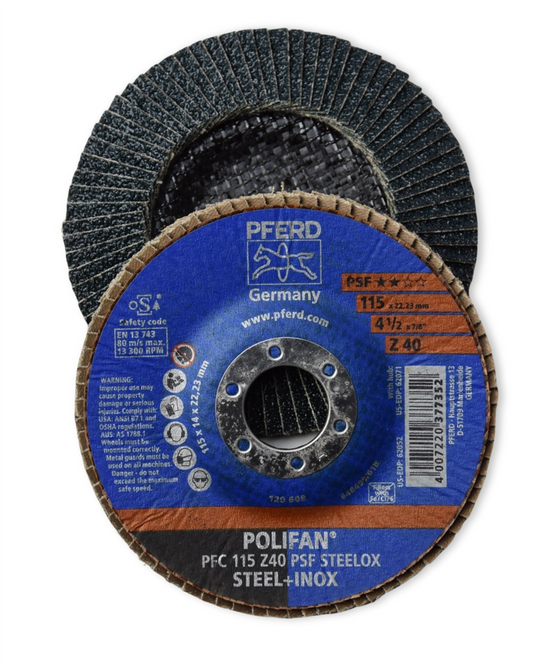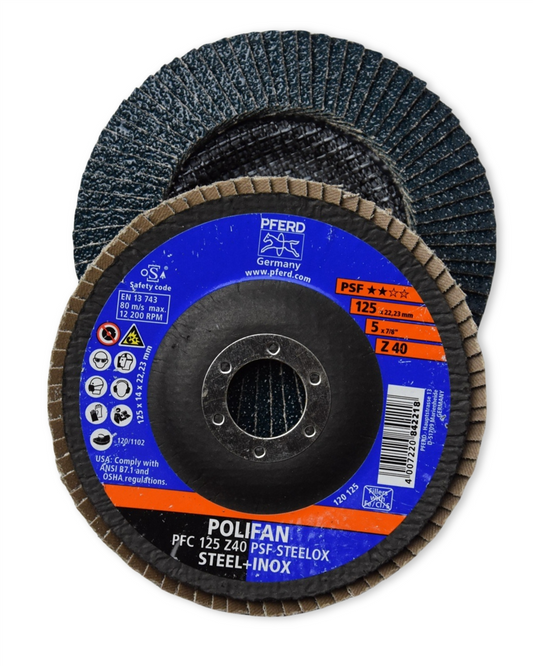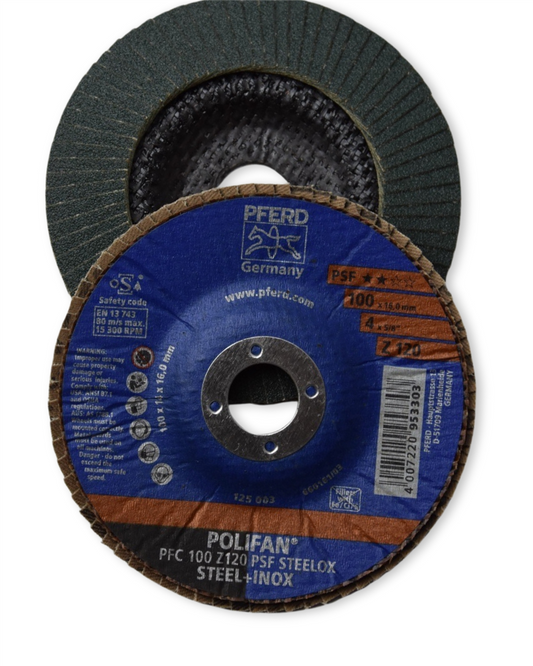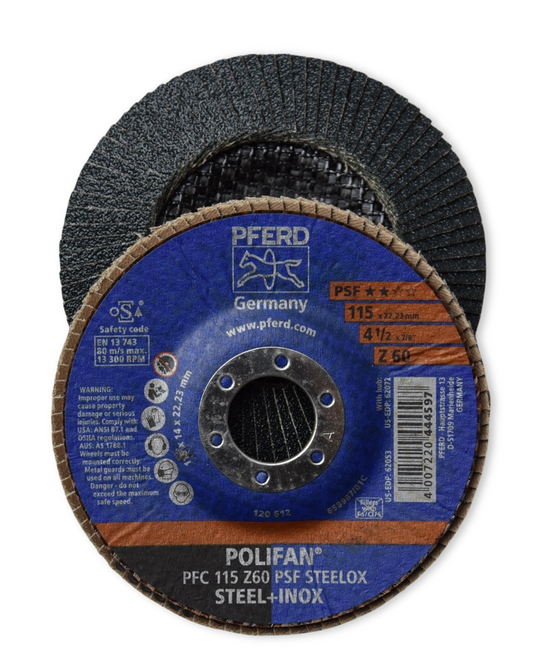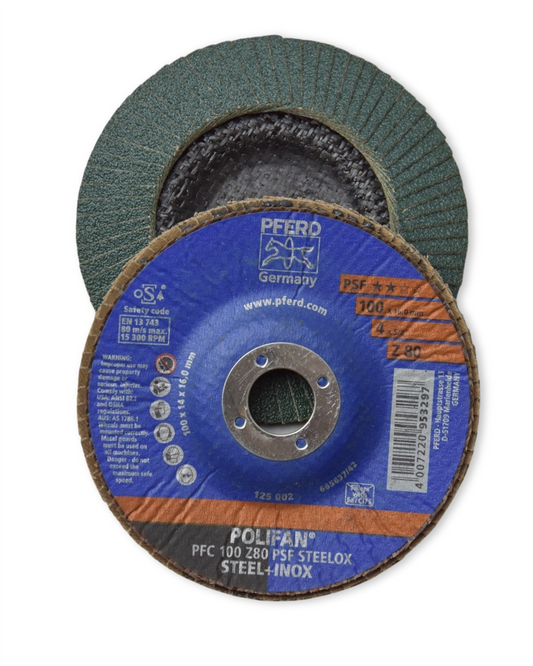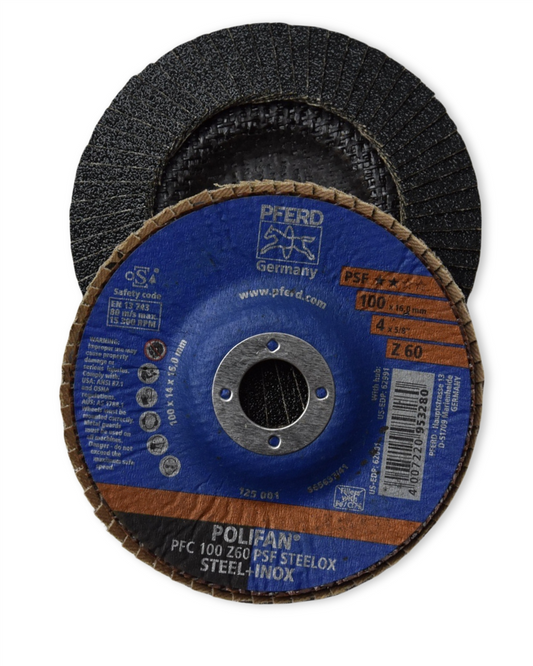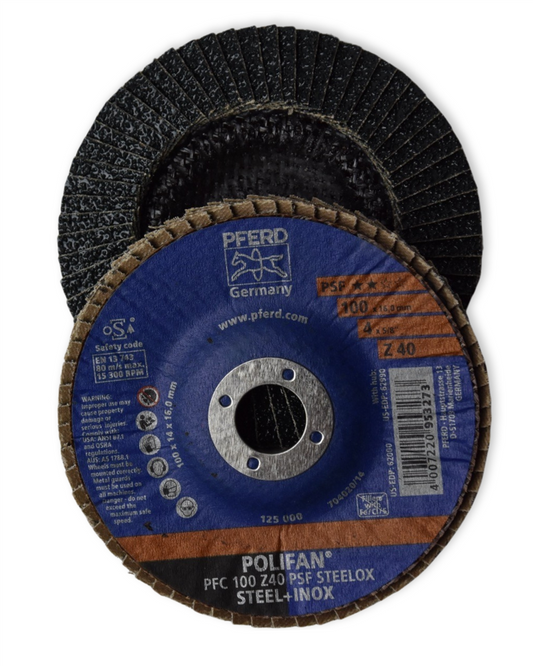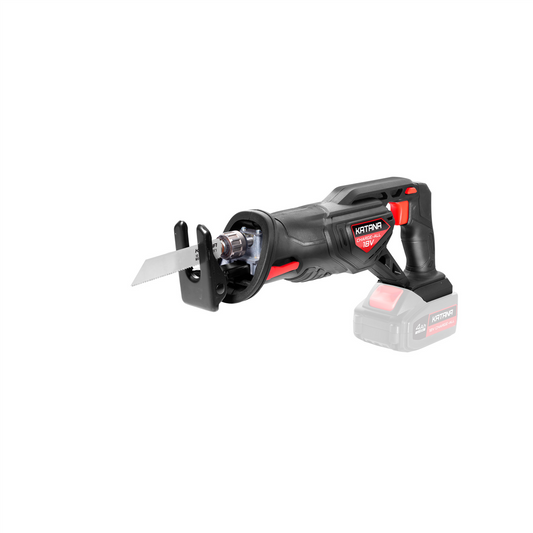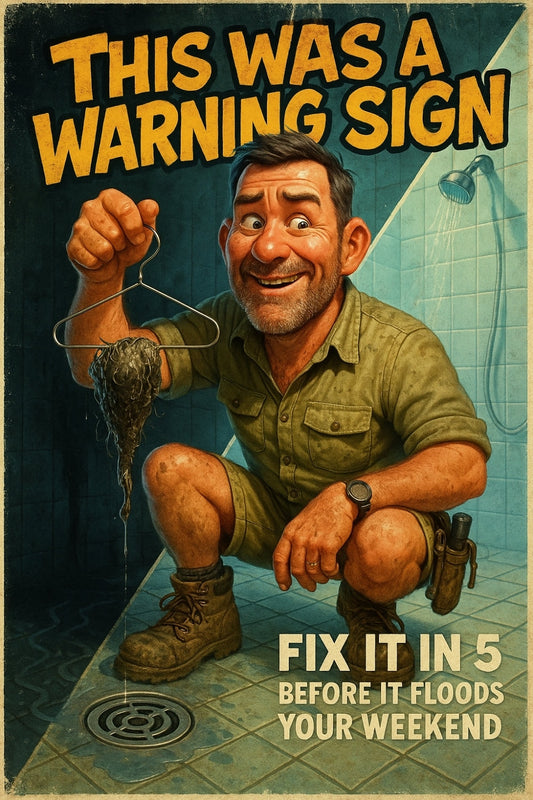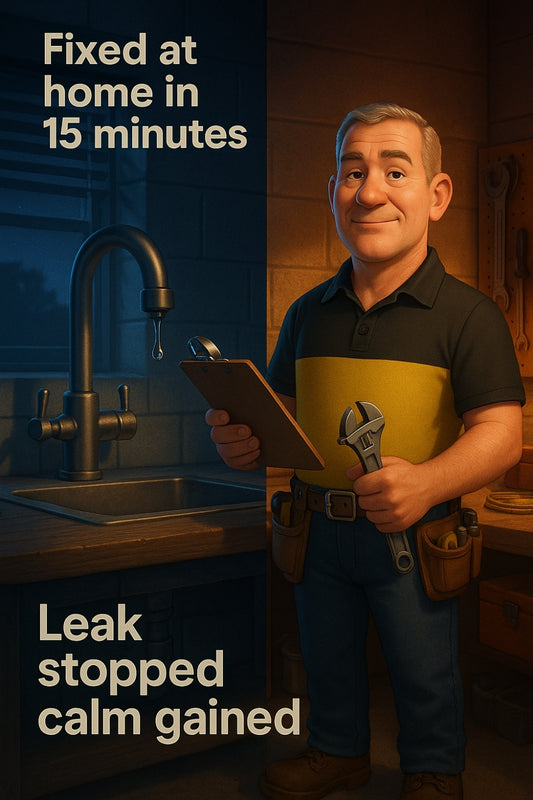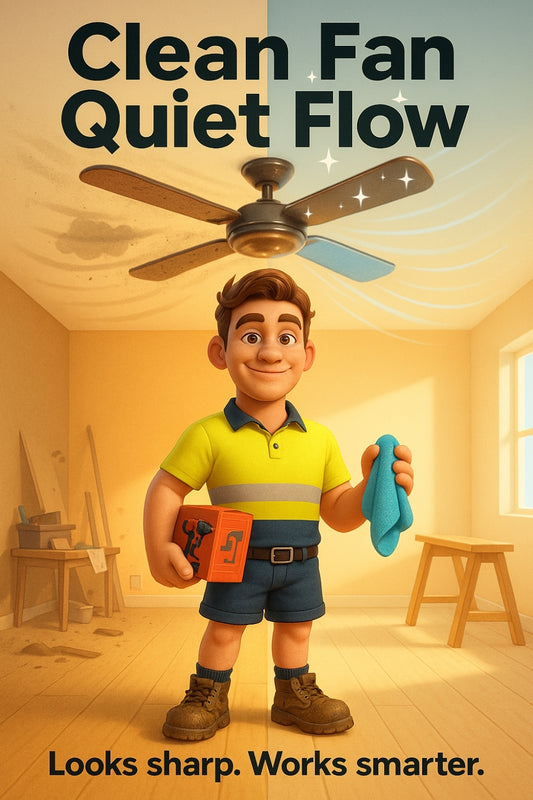Dull drill bits kill DIY dreams — here’s how to keep them sharp and stress-free
Share
Why a Dull Drill Bit Wastes More Than Just Time: Keep Tools Sharp, Projects Smoother
Because when your bit bites right, your whole day runs better
It starts with that telltale sound — a high-pitched squeal, a slow grind, and a whole lot of effort. You lean harder on the drill, maybe mutter a word or two. Still, there it is: a messy hole, burnt-out timber edges, and nothing near what you'd hoped for.
It’s not you. It’s your bit.
Keeping your drill bits sharp might not sound like headline news, but in real-life reno or repair, it’s the small, behind-the-scenes habits that make or break a job — and your patience.
Your Tools Shouldn't Work Against You
“A sharp bit does most of the work — your hand just goes along for the ride.”
– Candeece
A quality drill bit is like a good pair of kitchen shears — underrated until they go blunt. Whether you’re hanging shelves, building a veggie bed, or fitting new cabinetry handles, a keen-edged bit gives you cleaner cuts, faster action, and less strain on your wrists (and your cordless drill’s battery, come to think of it).
But it’s not just about performance. It’s about protecting your gear — and your sanity — long term.
What Happens When You Keep Using Dull Drill Bits?
- Burn marks and splintering: A blunt tip generates more friction, which can blacken timber, melt plastic, or crack tiles.
- Increased wear on your drill: The harder your bit has to push, the harder your motor works. That adds up.
- Wobbly, uneven holes: Accuracy goes out the window. So does your Sunday afternoon.
- Safety risks: Slippage and snapped bits can lead to injury, especially with tougher materials like steel or masonry.
Because here's the thing — power tools want to be efficient. You just have to meet them halfway.
Sharpening: A Lost Art That Deserves a Comeback
There was a time when every shed had a bench grinder, and sharpening bits was just part of a regular Saturday. These days? It’s easy to chuck a blunt bit aside and forget about it.
But sharpening doesn’t need to be complicated. With a simple sharpening tool or jig, and just a bit of practice (pun intended), you can breathe new life into a tired drill bit in under five minutes. It’s satisfying — like weeding a garden bed or cleaning your gutters — you instantly feel the payoff.
Not Ready to Sharpen Yet? Start With These Habits
- Organise your bits properly: Tossing them all into an old coffee tin? It's time for an upgrade. Sorted storage keeps edges protected and sizes easy to find.
- Cull the duds: If a bit’s bent, corroded, or refuses to hold an edge — retire it. You’re not being mean, you’re being smart.
- Keep them dry and clean: After a day on the tools, wipe your bits clean and store them away from moisture. Simple, effective.
How Often Should You Sharpen Drill Bits?
It depends on how often you use them and what materials you’re drilling into. If you’re chewing through hardwood or tough metals weekly, monthly sharpening might be your sweet spot. For weekend DIYers, a seasonal refresh could be enough.
The real test? Watch how your drill behaves. If you're pushing harder, getting less precision, or making a hot mess instead of a neat hole... it's time.
Different Bit Types, Different Needs
Not all drill bits sharpen equally. Here’s a quick guide:
- Twist bits (standard): Totally safe and easy to sharpen at home.
- Spade bits: These can absolutely benefit from a quick touch-up using a file.
- Masonry bits: A bit trickier, but doable with the right stone — or get them professionally touched up.
- Forstner and countersinks: Best done with precision files or specialty jigs.
So, Where Do You Start?
Start by recognising your drill bit kit as one of the hardest working (and most neglected) collections in your toolbox. Give it a check every few projects. Learn to gauge sharpness by sight and feel — a well-sharpened bit has crisp, clean edges and grabs the material quickly.
And don’t be shy to ask questions next time you’re in-store. Sometimes all you need to get started is someone showing you how to hold the bit to the stone — the rest clicks from there.
“Drill bits don’t need to be tossed when they stop working — they just want a glow-up.”
– Candeece
From Build to Bliss
Your home projects aren’t just chores — they’re small love letters to the space you're shaping. So next time you pick up the drill, pause a second. Run your thumb along the edge. If it’s dull, you’ve got options. And every sharp edge brings crisp results, less frustration, and a lighter lift all round.
You’re not just making holes. You’re building something that lasts.
Happy drilling,
Candeece

Stay Connected
Follow our Facebook Page: Strathalbyn H Hardware on Facebook

